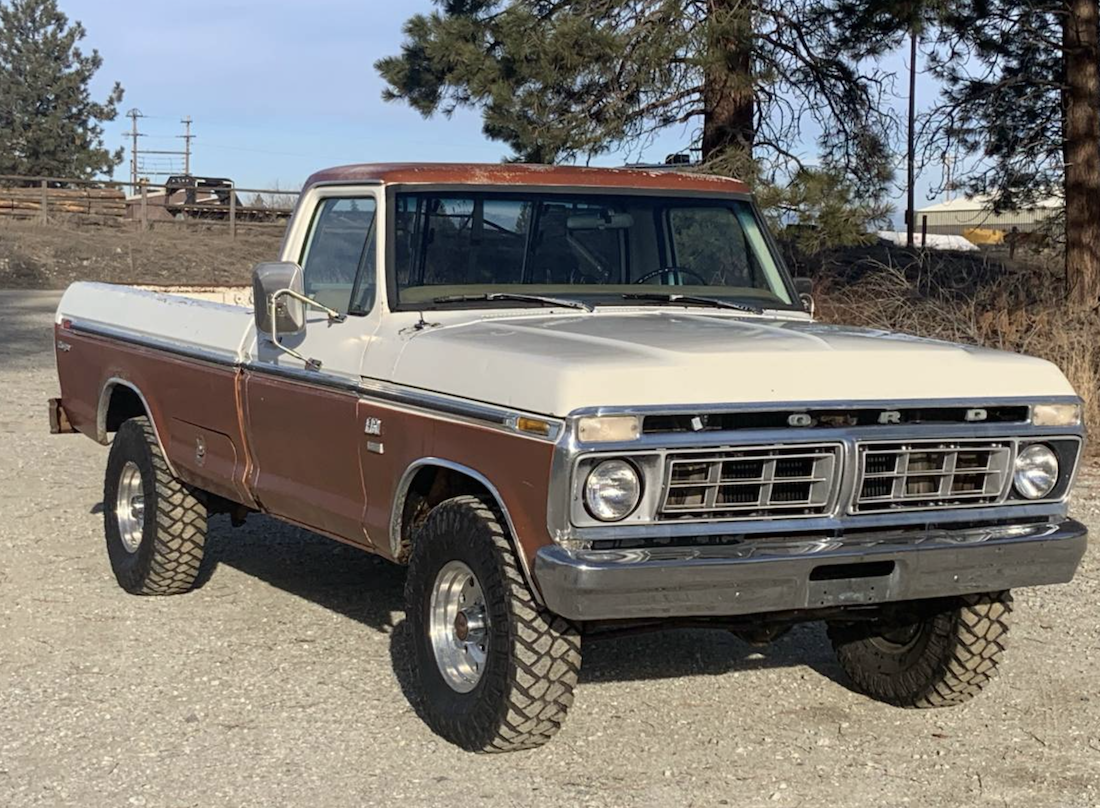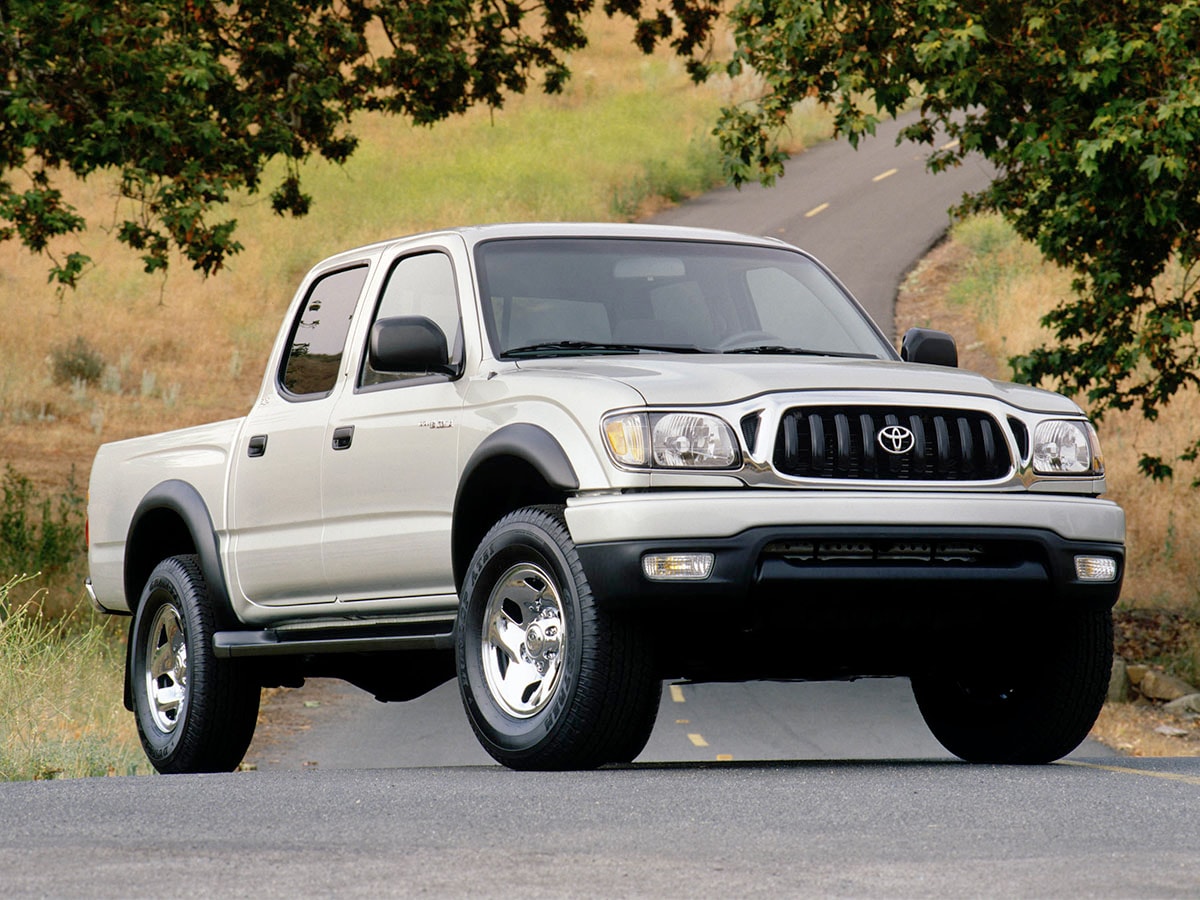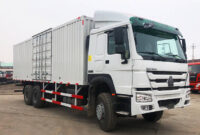Old Trucks For Sale Under $5000: Your Comprehensive Guide to Affordable Utility and Classic Charm pickup.truckstrend.com
In a world where new vehicle prices seem to climb relentlessly, the idea of finding a reliable, functional, and characterful truck for under $5,000 might seem like a pipe dream. Yet, for the savvy buyer, the DIY enthusiast, or simply someone on a tight budget who needs a workhorse, the market for old trucks under this price point is a treasure trove waiting to be explored. These aren’t just cheap vehicles; they are often robust machines from an era when simplicity, durability, and repairability were paramount. This guide will walk you through everything you need to know about navigating this unique segment, from understanding what to expect to making a smart purchase.
Why Go for an Old Truck Under $5,000?
Old Trucks For Sale Under $5000: Your Comprehensive Guide to Affordable Utility and Classic Charm
The allure of an old truck priced under five grand extends far beyond just the initial cost savings. It’s a blend of practicality, nostalgia, and the satisfaction of bringing an older machine back to life.
- Cost-Effectiveness: The most obvious benefit. For a fraction of the cost of a new or even late-model used truck, you can acquire a vehicle capable of hauling, towing, and tackling tough jobs. Insurance and registration costs are often lower too.
- Simplicity of Mechanics: Unlike modern trucks laden with complex electronics and proprietary systems, older trucks typically feature straightforward mechanical designs. This means they are often easier (and cheaper) to diagnose and repair for the average shade-tree mechanic or local shop.
- Durability and Longevity: Many trucks from the 1970s, 80s, and 90s were built with an emphasis on ruggedness and longevity. Heavy-gauge steel, robust powertrains, and minimal complex components often mean these vehicles can endure significant abuse and high mileage if properly maintained.
- Character and Classic Appeal: There’s an undeniable charm to an older truck. They stand out from the sea of modern vehicles, offering a unique aesthetic and a connection to automotive history. Many become passion projects, restored to their former glory or customized into unique builds.
- Utility: At their core, these are work vehicles. Whether you need a truck for farm chores, hauling lumber for a DIY project, moving furniture, or simply getting around, an old truck can fulfill these needs without breaking the bank.
- Project Potential: For many, a sub-$5,000 truck is an ideal starting point for a restoration, a custom build, or a learning experience in automotive repair. The low entry cost means more budget can be allocated to upgrades and fixes.

What to Expect at This Price Point
It’s crucial to set realistic expectations when shopping for a truck under $5,000. This isn’t where you’ll find showroom-condition vehicles or pristine, low-mileage examples.
- Not a Showroom Vehicle: Expect cosmetic imperfections – dents, dings, faded paint, torn seats, and possibly missing trim pieces.
- Likely Needs Work: Most trucks in this price range will require some level of mechanical attention. This could range from minor tune-ups and fluid changes to more significant repairs like suspension components, brakes, or even powertrain issues.
- Rust is a Common Issue: Especially in regions with harsh winters or coastal climates, rust is a pervasive enemy of older vehicles. Pay close attention to the frame, cab corners, rocker panels, bed, and floorboards. Surface rust is manageable, but extensive structural rust is a major red flag.
- High Mileage: It’s rare to find a low-mileage older truck at this price. Most will have well over 150,000 miles, with many pushing 200,000 or 300,000. Focus more on how well the vehicle was maintained rather than just the odometer reading.
- Potential for Hidden Problems: Without a thorough inspection, you might encounter issues not immediately apparent. Budget for unexpected repairs.
- Focus on Structural Integrity and Powertrain: Prioritize a solid frame, a strong engine, and a functioning transmission. These are the most expensive components to repair or replace. Cosmetic issues, while unsightly, are generally easier and cheaper to address.


Finding Your Diamond in the Rough: Where to Look
The hunt for an affordable old truck requires patience and knowing where to search.
- Online Marketplaces:
- Facebook Marketplace: Often the first stop, offering a vast array of local listings with photos and direct communication with sellers.
- Craigslist: Still a strong contender for local private sales, though requires careful filtering for scams.
- eBay Motors: Good for a wider geographical search, sometimes offering vehicles from dealers or more specialized sellers.
- OfferUp/LetGo: Similar to Facebook Marketplace, focusing on local transactions.
- Local Classifieds and Newspapers: Don’t underestimate the power of traditional media, especially in rural areas where older residents might prefer this method.
- Farm Auctions and Estate Sales: These can be goldmines for well-used but often well-maintained farm trucks or vehicles from estates where they were lightly used or stored.
- Word-of-Mouth: Tell friends, family, and local mechanics you’re looking. Many great deals are found through connections.
- Small-Town Dealerships/Used Car Lots: Some smaller, independent lots might have older trade-ins that fit your budget, though their markups might be higher than private sales.
- Classic Car/Truck Forums and Communities: While many vehicles here might be higher-end, you can sometimes find project trucks or vehicles being sold by enthusiasts who know their history.
Key Considerations Before Buying
A smart purchase means doing your homework and a thorough inspection. Don’t rush into a deal.
- Budget Beyond the Purchase Price: Your $5,000 is just the starting point. Factor in:
- Repairs: Set aside at least $500-$1000 for immediate needs (fluids, filters, minor fixes).
- Registration and Taxes: Varies by state/province.
- Insurance: Get quotes before buying.
- Tools: If you plan on DIY, you’ll need a basic set.
- Mechanical Aptitude: Honestly assess your willingness and ability to perform repairs. If you’re not mechanically inclined, factor in mechanic labor costs.
- Intended Use:
- Daily Driver: Requires a higher standard of reliability and safety.
- Weekend Hauler: Can tolerate more minor issues.
- Restoration Project: Condition of the body and frame becomes more critical than mechanical perfection.
- Rust Inspection (Crucial!):
- Frame: Inspect the entire frame for deep rust, cracks, or patches. This is the backbone of the truck.
- Cab Mounts: Check where the cab meets the frame.
- Rocker Panels, Fenders, Wheel Arches: Common rust spots.
- Floorboards and Bed: Check from underneath and inside. Use a small hammer or screwdriver to gently tap suspect areas – a dull thud or a soft spot means trouble.
- Engine & Transmission:
- Cold Start: Listen for knocking, ticking, or excessive smoke (blue smoke indicates oil burning, white indicates coolant).
- Fluids: Check oil (color, consistency), transmission fluid (color, smell – burnt smell is bad), coolant.
- Test Drive: Listen for grinding, slipping, or delayed shifts in the transmission. Check for unusual vibrations.
- Brakes & Steering: Essential for safety. Check for spongy pedal, pulling to one side, or excessive play in the steering wheel.
- Electrical System: Test all lights (headlights, taillights, brake lights, turn signals), wipers, horn, gauges, radio, and heater/AC.
- Tires: Inspect tread depth and condition. Four new tires can easily cost $600-$1000, a significant hidden expense.
- Documentation: Ensure the seller has a clear title in their name. Be wary of salvage titles unless you fully understand the implications. Ask for any service records.
Popular Models to Look For (Under $5,000)
While specific models and years vary by region and market demand, some perennial favorites offer good value and parts availability.
- Ford F-Series (F-150, F-250, F-350): Generations from the 1970s (F-100/F-150 "Dentsides"), 1980s ("Bullnoses" and "Bricknoses"), and 1990s ("OBS" – Old Body Style) are plentiful. Parts are widely available, and they are generally robust.
- Chevrolet C/K Series (C10, K10, C1500, K1500): Similar to Ford, the square-body trucks of the 70s/80s and the GMT400 platform of the 90s are highly sought after. Strong aftermarket support and relatively simple mechanics.
- Dodge D/W Series: Less common than Ford or Chevy, but equally rugged. The "Ram" trucks from the 80s and early 90s (pre-redesign) can be excellent value.
- GMC C/K Series: Essentially mechanical twins to the Chevrolet models, offering the same benefits.
- Toyota Pickups (Hilux, early Tacomas): Known for legendary reliability. Even rough examples can command higher prices due to their reputation, but if you find one under $5k, it’s often a solid buy for basic utility, though they might have significant rust.
- Nissan Hardbody (D21): A popular compact truck from the 80s and 90s. Often more fuel-efficient and easier to maneuver, good for lighter duty.
Tips for a Successful Purchase
- Bring a Knowledgeable Friend/Mechanic: A second set of eyes, especially an experienced one, can spot issues you might miss.
- Pre-Purchase Inspection (PPI): If the seller agrees, take the truck to an independent mechanic for a full inspection. It costs money, but it can save you thousands in the long run.
- Test Drive Extensively: Drive it cold, drive it hot. Test it on different road types (city, highway, bumpy roads). Listen for noises, feel for vibrations, test the brakes firmly.
- Check the VIN: Use a service like CarFax or AutoCheck if possible, though very old vehicles might not have extensive digital records. At least confirm the VIN on the title matches the vehicle.
- Negotiate: Always assume there’s room to negotiate, especially if you find issues during your inspection. Be prepared to walk away if the price isn’t right or the seller is unwilling to budge.
- Safety First: Do not compromise on critical safety components like brakes, steering, or structural integrity. Cosmetic issues can be fixed later.
Potential Challenges & Solutions
- Rust:
- Challenge: Structural rust can be costly or impossible to repair safely. Cosmetic rust is unsightly.
- Solution: Avoid trucks with severe frame or critical structural rust. For cosmetic rust, wire-brush, apply rust converter, and paint. Patch panels are available for common areas.
- Parts Availability:
- Challenge: Some specific parts for older or less common models can be hard to find.
- Solution: Online retailers (RockAuto, Summit Racing), junkyards, specialized classic parts suppliers, and online forums are great resources. Many mechanical parts are shared across multiple models or years.
- Unexpected Repairs:
- Challenge: Even after a thorough inspection, things break.
- Solution: Always set aside a contingency fund. Learning basic DIY repairs can significantly reduce costs.
- Emission Laws:
- Challenge: Some older trucks may struggle to pass modern emission tests or may be subject to restrictions in certain urban areas.
- Solution: Check your local and state emission regulations. Many older vehicles are exempt, or have simpler requirements.
- Insurance:
- Challenge: Standard insurance companies might not accurately value an older vehicle for collision coverage.
- Solution: Consider classic car insurance providers (e.g., Hagerty, Grundy) if the truck is approaching classic status or if you plan a restoration. They often offer agreed-value policies.
Illustrative Price Table: Old Trucks Under $5,000
Disclaimer: Prices are highly variable based on location, condition, specific year, and market demand. This table provides general examples.
| Model / Series | Year Range | Common Price Range (Under $5k) | Typical Condition | Notes



